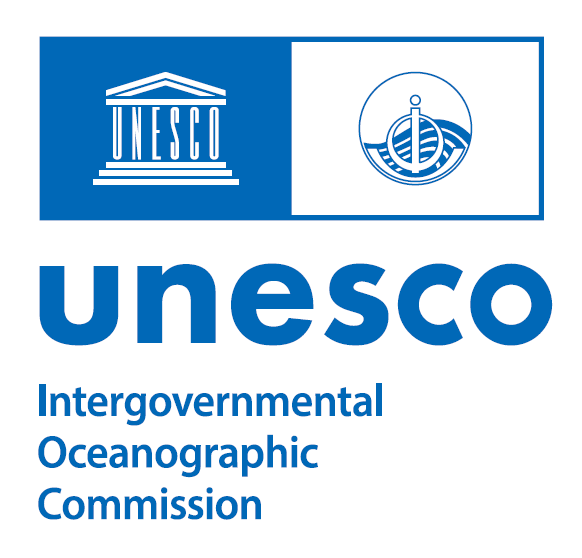Overall objective: To identify the factors that determine the changing distribution of HAB species, their genetic variability, and the biodiversity of associated communities.
Rationale. Correct taxonomic identification of harmful species is crucial to determine the biogeographic distribution, range of expansion, population dynamics, ecology and links with toxin production. Thus, the specific objectives of this theme, identified in GEOHAB (2001) as Programme Element 1, are still endorsed, although the recent advances in technology offer new perspectives. In the case of microalgae, the list of harmful species that have been the focus of research until now includes 122 eukaryote and 20 cyanobacteria taxa (www.marinespecies.org/hab/index.php). However, the number of HAB species keeps changing due to new entries and to new studies that help to refine species descriptions. Genetic characterization using molecular markers (e.g., rDNA -SSU and LSU-, ITS, cox1 and cob mitochondrial markers, rbcL gene) is revealing the existence of cryptic or pseudo-cryptic diversity among HAB species formerly defined based on morphological characters. This is the case for many “morpho-species” in the genera Alexandrium (e.g., Kremp et al. 2014), Pseudo-nitzschia (Lelong et al. 2012) and Dinophysis (Raho et al. 2008, Zhang et al. 2008). Furthermore, functional genes (e.g., sxtA4 coding for saxitoxin production, John et al. 2014) and sensitive markers like microsatellites (e.g., Casteleyn et al. 2010, Genovesi et al. 2015) have revealed intra-specific and strain diversity in toxin composition (e.g., Karlodinium veneficum, Bachvaroff et al. 2009) and can also allow us to distinguish between toxic and non-toxic species and populations (e.g., Van de Waal et al. 2014 and references therein). These tools, combined with increasing and improved sampling, have identified novel species and genotypes within a genus (e.g., Gambierdiscus, Litaker et al. 2010, Pawlowiez et al. 2014) which, in turn, helps ascertain the true distributions of the toxic taxa. The ongoing changes in our environment, with potential modifications of HAB distributions (see Theme 12. Climate Change and HABs), make it urgent to establish solid baseline information on biodiversity and biogeography of harmful taxa to be able to assess future changes (Boyd et al. 2013).
For monitoring purposes, different molecular approaches (e.g., qPCR, fluorescent in situ hybridization, microarrays) implemented over recent decades offer new possibilities, facilitating faster identifications at the species level (reviewed by Kudela et al. 2010). Also High Throughput Sequencing (HTS) approaches are increasingly used to assess plankton diversity. These analytical methods have been improved and costs are decreasing, but there is an urgent need for reference sequences to interpret the data and achieve identifications at the species level. However, it is also important that comparisons between molecular methods and traditional morphologically based identification and quantification are carried out to standardize the methods. A new generation of taxonomists is required, who bridge the morphological know-how with modern techniques.

Lingulodinium polyedrum (antapical view, SEM coloured). Photo: Callum Whyte (SAMS).
Specific objectives:
- Assess the genetic variability of HAB species in relation to their toxicity, population dynamics, and biogeography.
- Determine changes in microalgal species composition and diversity in response to environmental and climate changes (see Theme 12. Climate Change and HABs).
- Determine the changes in the biogeographical range of HAB species caused by natural mechanisms or human activities.
- Support research and training to improve species delimitation using an integrated approach (e.g., morphology, molecular, toxin composition, physiology, life cycle).
- Define standardized protocols for physiological investigations, for example, genotype-environment interactions (gene expression).
- Investigate intra-specific diversity to determine population genetic structure related to physiological traits (especially toxin composition) at different spatial and temporal scales.
- Contribute to the collection of curated reference sequences to interpret HTS data.
- Investigate the functional differences amongst species/populations using omic-based approaches.
Example tasks
- Align with and contribute to the Global HAB Status Report (GHSR) and associated HAEDAT-HABMAP initiatives, to establish a baseline of the biogeographic species distribution
- Support long time series, such as the ones considered within the recently finished SCOR Working Group 137 “Global Patterns of Phytoplankton Dynamics in Coastal Ecosystems: Comparative Analysis of Time Series Observations” (wg137. net/time-series/time-series-map) or the new IOC Working Group to Investigate Change and Global Trends of Phytoplankton in the Oceans (TrendsPO), where biological data are collected, and encourage data analysis focused on different HAB species within an ecological context
- Support initiatives to identify and populate a database for reference sequences of HAB species; co-sponsor specific workshops focused on harmful species within the wide framework of eukaryote and protist database initiatives.
Outcomes
- A baseline of HAB species distribution based on morphological and genomic information available at the inception of GlobalHAB at local, regional, and global scales.
- Coordinated long time series on HAB events and species distribution (GHSR) to ascertain potential future trends related to climate changes and other anthropogenic forcing factors.
- Establishment of the basis for genetic information on HAB species.
References
The complete list of references can be found here.


